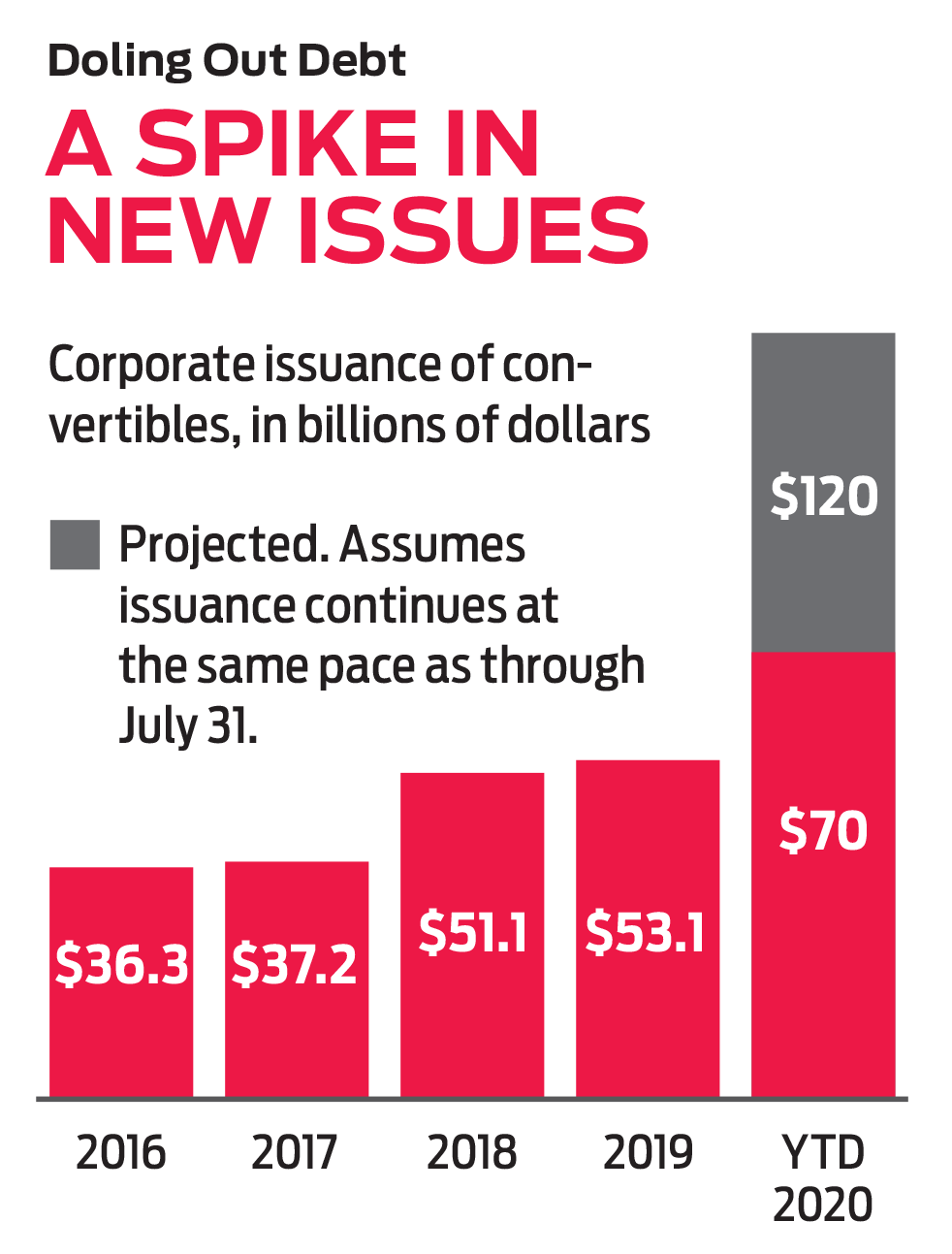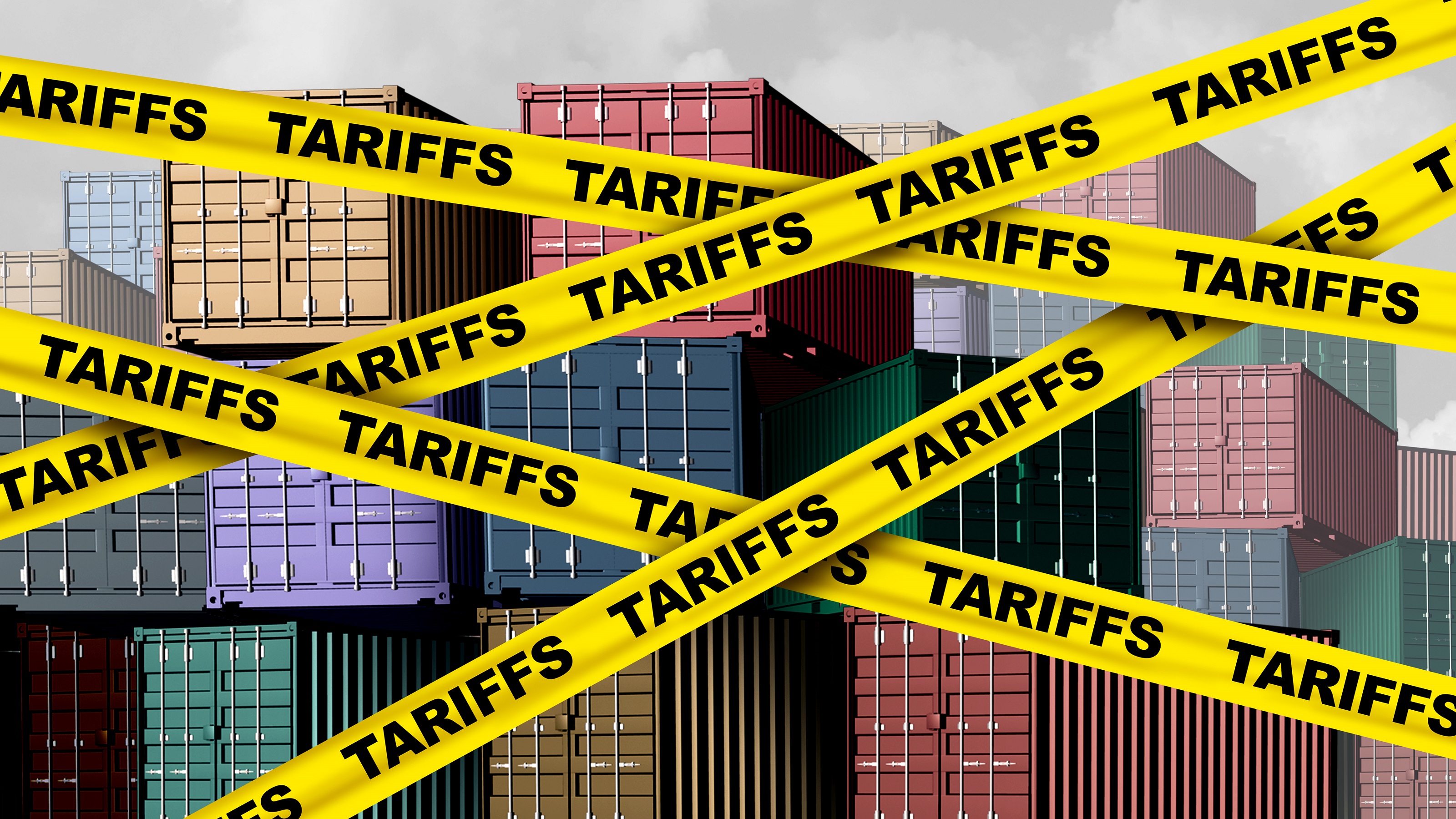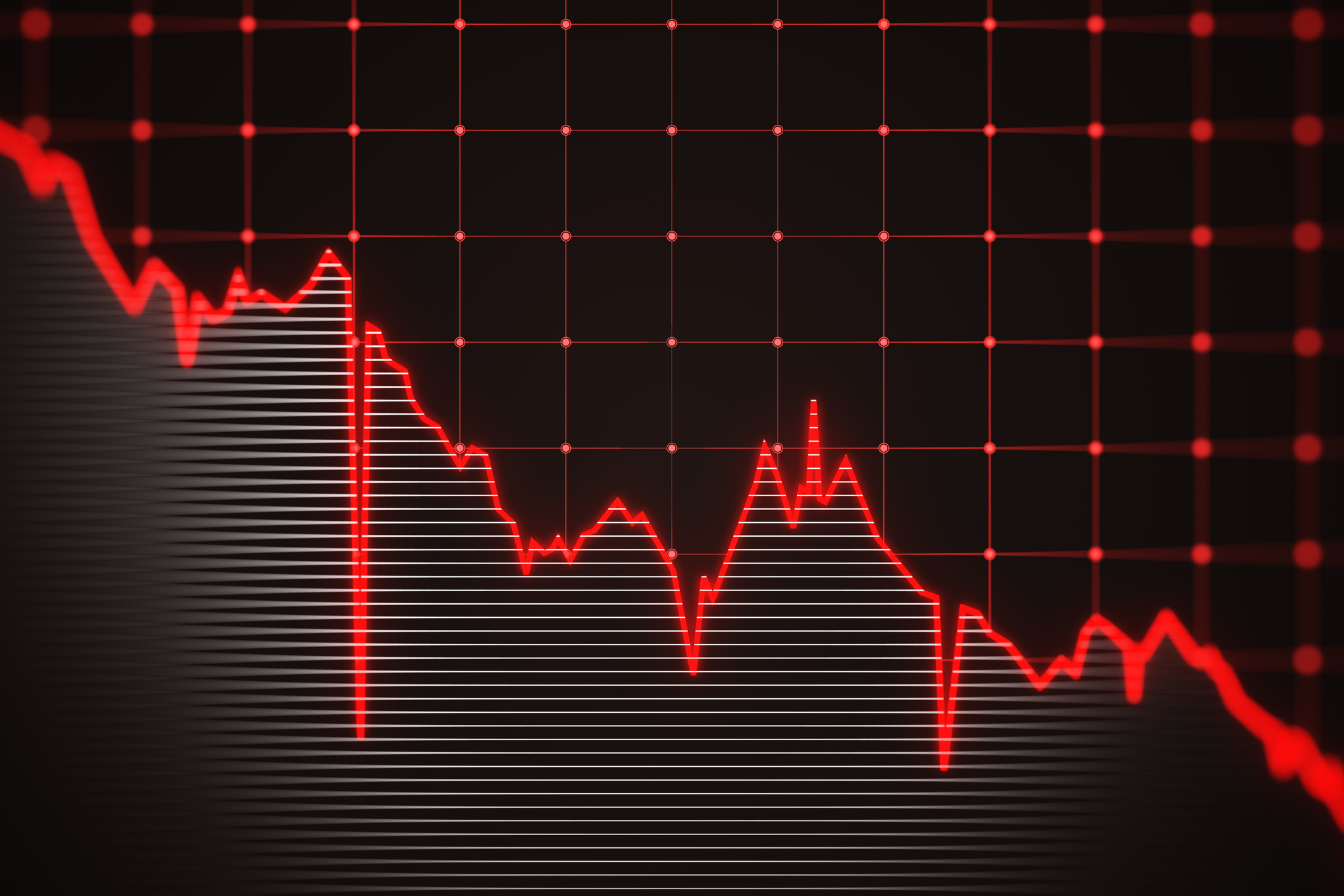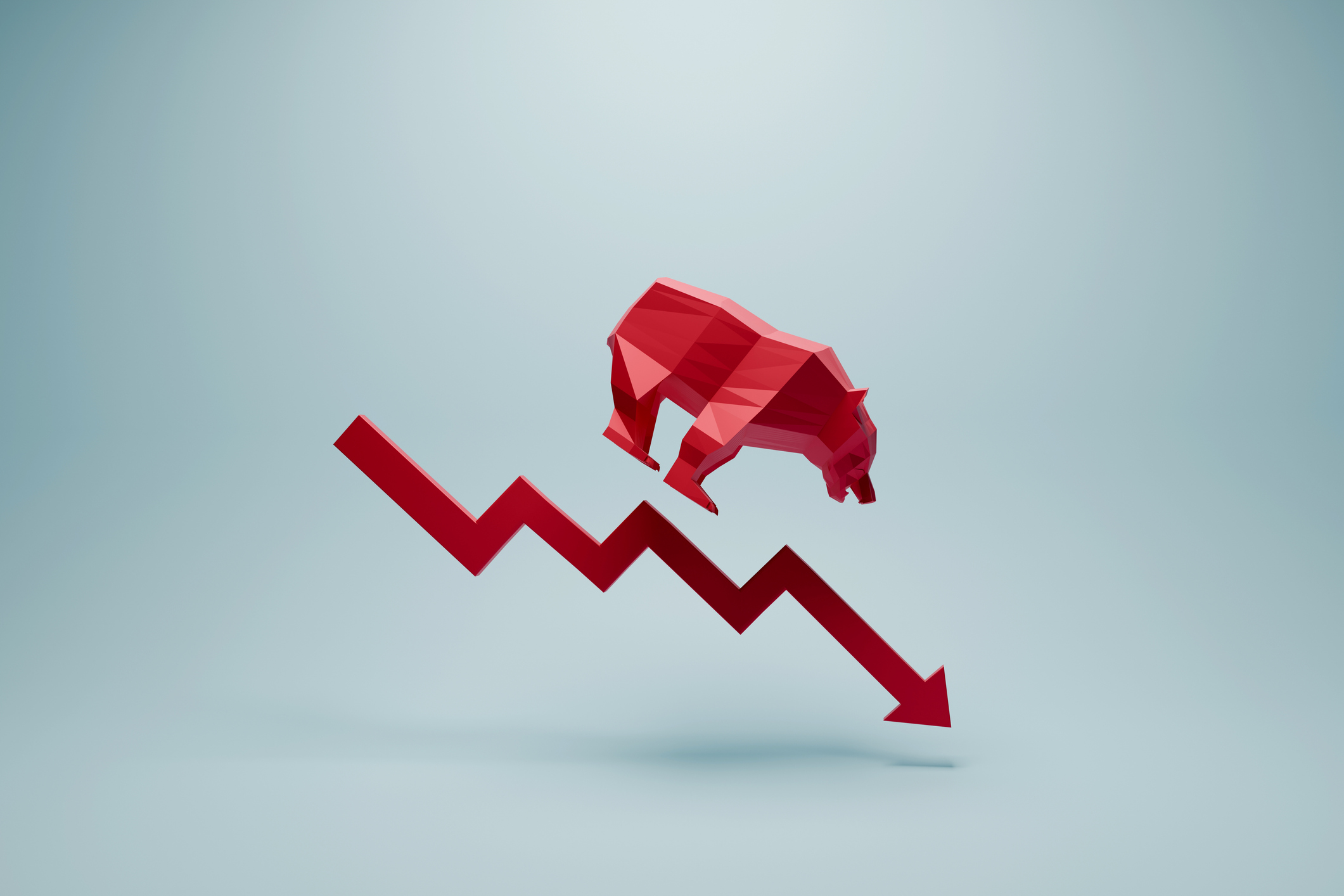Take Convertible Bonds for a Spin
Stock investors can smooth the ride with these often overlooked hybrid securities.


Given recent market gyrations, it’s clear that more than a few investors are eyeing stocks nervously. After all, stock indexes touched all-time highs despite an economy in recession, a looming presidential election and widespread uncertainty over the timing and efficacy of a remedy for the COVID-19 pandemic.
If you’re feeling queasy about stocks, but you don’t want to miss out on future gains in an unpredictable stock market, consider adding convertible bonds to your portfolio. These hybrid securities combine elements of bonds and common stocks, ideally providing stock-like returns with the relative stability of bonds. Over the past 25 years, the Bank of America Merrill Lynch All US Convertibles index has returned an annualized 8.8%—slightly less than the 9.4% return of the S&P 500, but with 16% less volatility. (Returns are as of September 11.)
Like bonds, convertibles pay a fixed interest rate (typically less than the rate on the issuer’s common bonds) and aim to return their face value to the investor when they mature. But during periods outlined by the issuing company, investors can exchange the bonds for a predetermined amount of the issuer’s stock. The more a convertible’s underlying stock price rises, the more it makes sense for investors to make the conversion.

Sign up for Kiplinger’s Free E-Newsletters
Profit and prosper with the best of expert advice on investing, taxes, retirement, personal finance and more - straight to your e-mail.
Profit and prosper with the best of expert advice - straight to your e-mail.
As prices rise, a convertible tends to trade like a stock, its value moving in lock step with the underlying share price. Convertibles issued by companies whose stock prices are sinking tend to trade more like bonds, with prices driven more by movements in interest rates. The result is an “asymmetric” return profile, says Joe Wysocki, comanager of the Calamos Convertible fund, with convertibles effectively increasing investor exposure to stocks as they rally and limiting exposure when prices are falling.
Pick through the junk. One major drawback: Most issuers of these bonds carry “junk”-level ratings or aren’t rated at all, meaning investors run a real risk that the issuers will default on the debt. Convertibles also are complicated investments that can be difficult for individual investors to analyze, meaning that you should likely leave the picking and choosing to the pros.
And the pros have had plenty to choose from of late. Companies—many of them looking for funding in the wake of the pandemic—have issued $70 billion worth of convertible bonds so far in 2020, up from $53 billion for the entirety of 2019. The boom in issuance has created unprecedented diversity in the convertible market, says Adam Kramer, comanager of Fidelity Convertible Securities (symbol FCVSX). Typically dominated by fast-growing tech and health care firms, such as Tesla (TSLA) and Illumina (ILMN), the BofA Merrill convertibles index has seen an influx of consumer firms, such as Burlington Stores (BURL) and Dick’s Sporting Goods (DKS), and beaten-down travel-and-leisure companies, such as Southwest Airlines (LUV) and Royal Caribbean (RCL).
Of the one-and-a-half dozen or so mutual funds specializing in convertibles currently, Fidelity’s fund is among the very few that don’t levy a sales charge, and it comes with the category’s lowest expense ratio, at just 0.51%. Kramer runs the fund aggressively, holding 13% of the fund’s assets in post-conversion common stock, compared with a 5% stock weighting among its average peer fund.
Consistently among the category’s top performers: AllianzGI Convertible (ANZAX). The fund’s managers tilt the portfolio toward more stock-like or bond-like convertibles depending on their overall view of the market. Longtime managers Douglas Forsythe and Justin Kass have steered the strategy adeptly. The fund’s 10-year return tops all other convertibles funds, and the portfolio has beaten its average peer in eight of the past 10 calendar years, including so far in 2020. The fund’s Class A shares carry a 5.5% sales charge, but you can purchase them without a load or transaction fee at several online brokerages.

Get Kiplinger Today newsletter — free
Profit and prosper with the best of Kiplinger's advice on investing, taxes, retirement, personal finance and much more. Delivered daily. Enter your email in the box and click Sign Me Up.

Ryan joined Kiplinger in the fall of 2013. He wrote and fact-checked stories that appeared in Kiplinger's Personal Finance magazine and on Kiplinger.com. He previously interned for the CBS Evening News investigative team and worked as a copy editor and features columnist at the GW Hatchet. He holds a BA in English and creative writing from George Washington University.
-
 Two Don'ts and Four Dos During Trump's Trade War
Two Don'ts and Four Dos During Trump's Trade WarThe financial rules have changed now that tariffs have disrupted the markets and created economic uncertainty. What can you do? (And what shouldn't you do?)
By Maggie Kulyk, CRPC®, CSRIC™
-
 I'm Single, With No Kids: Why Do I Need an Estate Plan?
I'm Single, With No Kids: Why Do I Need an Estate Plan?Unless you have a plan in place, guess who might be making all the decisions about your prized possessions, or even your health care: a court.
By Cynthia Pruemm, Investment Adviser Representative
-
 Stock Market Today: No 'Powell Put'? No Problem
Stock Market Today: No 'Powell Put'? No ProblemInvestors, traders and speculators look beyond both another Trump post and more signs of slowing economic activity.
By David Dittman
-
 Stock Market Today: Dow Drops 699 Points After Powell Speech
Stock Market Today: Dow Drops 699 Points After Powell SpeechFed Chair Powell warned of a slowing economy and higher inflation but said the central bank isn't ready to cut rates just yet.
By Karee Venema
-
 Stock Market Today: Stocks Struggle Amid Tariff Uncertainty
Stock Market Today: Stocks Struggle Amid Tariff UncertaintyBoeing dropped after China suspended new aircraft orders, while Bank of America and Citi climbed on earnings beats.
By Karee Venema
-
 Stock Market Today: Stocks Gain on Tech, Auto Tariff Talk
Stock Market Today: Stocks Gain on Tech, Auto Tariff TalkThe Trump administration said late Friday that it will temporarily halt tariffs on some Chinese tech imports.
By Karee Venema
-
 Stock Market Today: Stocks Surge to Close a Volatile Week
Stock Market Today: Stocks Surge to Close a Volatile WeekIt was another day with a week's worth of both news and price action, but it ended on a strongly positive note.
By David Dittman
-
 Stock Market Today: Uncertainty Proliferates: Dow Loses 1,014 Points
Stock Market Today: Uncertainty Proliferates: Dow Loses 1,014 PointsWeaker-than-expected consumer inflation data wasn't enough to stabilize sentiment during another volatile day for financial markets.
By David Dittman
-
 Stock Market Today: Tariff Pause Triggers 3,000-Point Dow Rally
Stock Market Today: Tariff Pause Triggers 3,000-Point Dow RallyThe bond market is sending concerning signals as the Trump administration executes its rapid reordering of global trade relationships.
By David Dittman
-
 Stock Market Today: Tariff Talks Drive Another Up-and-Down Day
Stock Market Today: Tariff Talks Drive Another Up-and-Down DayTrade war negotiations are happening, but the "fear gauge" is gyrating, and investors, traders and speculators are still searching for signs of a bottom.
By David Dittman